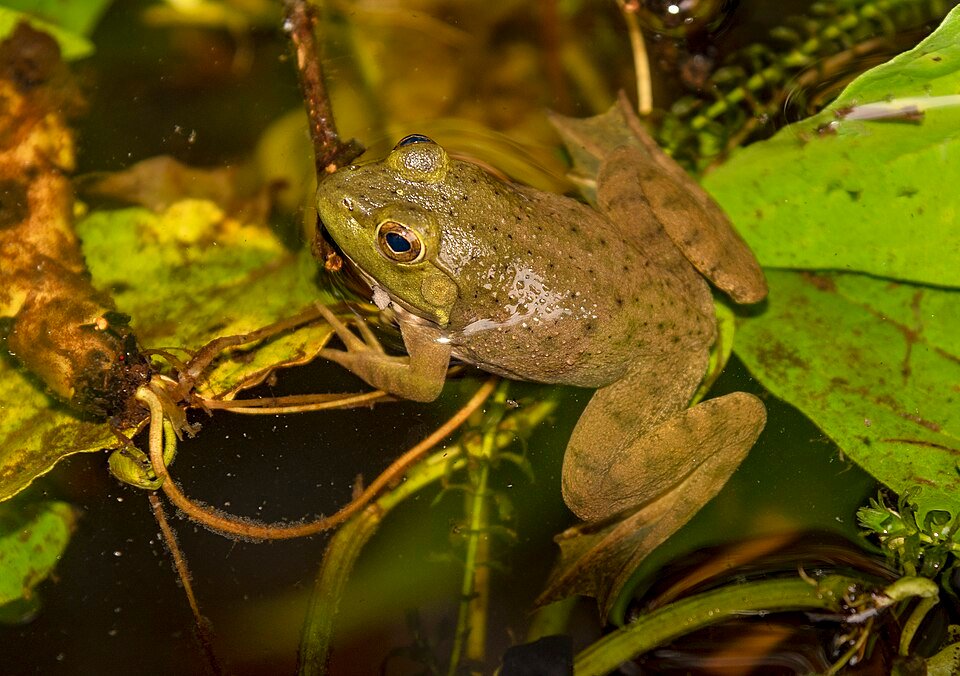By Chrystian Tejedor*
USA – A team of scientists including a researcher from the FIU Institute of Environment will conduct a $9 million federally-funded study to estimate the number of Greater Amberjack in the U.S. waters of the South Atlantic Ocean and Gulf of Mexico.
Greater Amberjack is a large trophy fish prized by anglers and commercial fishermen alike. In 2019 recreational fishermen landed 2.2 million pounds of Greater Amberjack and commercial fishermen landed 811,000 pounds of greater Amberjack worth $1.4 million, according to the National Oceanic and Atmospheric Administration.
But the species is currently overfished and has experienced overfishing for an extended period in the Gulf of Mexico despite a rebuilding plan being in place to improve its population, according to NOAA. Greater Amberjack is not currently overfished in the South Atlantic Ocean.
“There are species of importance that the whole intent is to ensure they are sustainable and available for years to come,” said FIU Marine Biology program Director Kevin Boswell, a member of the research team conducting the study and a researcher in the FIU Institute of Environment. “You want your grandkids to be able to enjoy and experience this thing same resource that you have available like generations before have as well.”
The two-year study will develop additional data sources, assessment approaches and knowledge to improve agency and agency-independent estimates of Greater Amberjack abundance throughout its range. With matching funding from the partner universities, the project’s total rises to $11.7 million.
After synthesizing bottom habitat mapping, performing gear calibration studies and conducting a survey of fishermen to learn where they usually catch Greater Amberjack, the team will use several technologies including hydroacoustics, underwater cameras and remotely operated vehicles to count Greater Amberjack.
Boswell, who has used acoustic techniques in other research studies including a prior study on the Red Snapper population, and his team will lead the acoustics portion of the project. They will train partners on how to use the acoustics equipment to estimate fish populations from coastal Texas east along the Gulf of Mexico, around the Florida peninsula and up the Atlantic seaboard to North Carolina.
Stay Always Informed
Join our communities to instantly receive the most important news, reports, and analysis from the aquaculture industry.
The team will use the information to guide their sampling design, and the fishermen’s input will help them verify areas where the fish are not found and spend more time, money and effort in areas where there are fish to count.
The study will include high-reward fish tags worth $250 to anglers who return them and report catch locations.
Scientists also will use new Environmental DNA (eDNA) technology to try to correlate fish density with the amount of eDNA in the water. At FIU, researchers have used eDNA to reveal the seasonal presence of sharks, estimate moray eel populations and identify illegally trafficked European eels.
“We are not only going to get an abundance estimate of amberjack,” said project leader Sean Powers, chair of the Marine Sciences Department at the University of South Alabama and a senior marine scientist with Dauphin Island Sea Lab. “We’re going to try to figure out how we apply the latest technology to improve our ability to monitor fish populations in the future. We will look at which technologies are the most promising and which technologies work the best.”
Funding for the Greater Amberjack study was appropriated by Congress in fiscal year 2020, when it appropriated $5 million for the National Sea Grant College Program and $5 million for the National Marine Fisheries Service (NMFS) for Sea Grant to implement a research program independent of NMFS to support the Greater Amberjack stock assessment process.
Scientists on the team also include:
Mark Albins, University of South Alabama, Dauphin Island Sea Lab
Jeffrey Buckel, North Carolina State University
Matthew Catalano, Auburn University
Grace Chiu, Virginia Institute of Marine Science, College of William and Mary
Michael Dance, Louisiana State University
J. Marcus Drymon, Mississippi State University
John Hoenig, Virginia Institute of Marine Science, College of William and Mary
Stephen Midway, Louisiana State University
Steven Murawski, University of South Florida
Nicole Phillips, The University of Southern Mississippi
Jay Rooker, Texas A&M University at Galveston
Eric Sailliant, The University of Southern Mississippi
Steven Scyphers, Northeastern University
Greg Stunz, Harte Research Institute for Gulf of Mexico Studies, Texas A&M University at Corpus Christi
Theodore Switzer, Florida Fish and Wildlife Conservation Commission, Fish and Wildlife Research Institute
R.J. David Wells, Texas A&M University at Galveston
For more information, go to http://masgc.org/greater-amberjack.
*Source: Florida International University
Editor at the digital magazine AquaHoy. He holds a degree in Aquaculture Biology from the National University of Santa (UNS) and a Master’s degree in Science and Innovation Management from the Polytechnic University of Valencia, with postgraduate diplomas in Business Innovation and Innovation Management. He possesses extensive experience in the aquaculture and fisheries sector, having led the Fisheries Innovation Unit of the National Program for Innovation in Fisheries and Aquaculture (PNIPA). He has served as a senior consultant in technology watch, an innovation project formulator and advisor, and a lecturer at UNS. He is a member of the Peruvian College of Biologists and was recognized by the World Aquaculture Society (WAS) in 2016 for his contribution to aquaculture.




